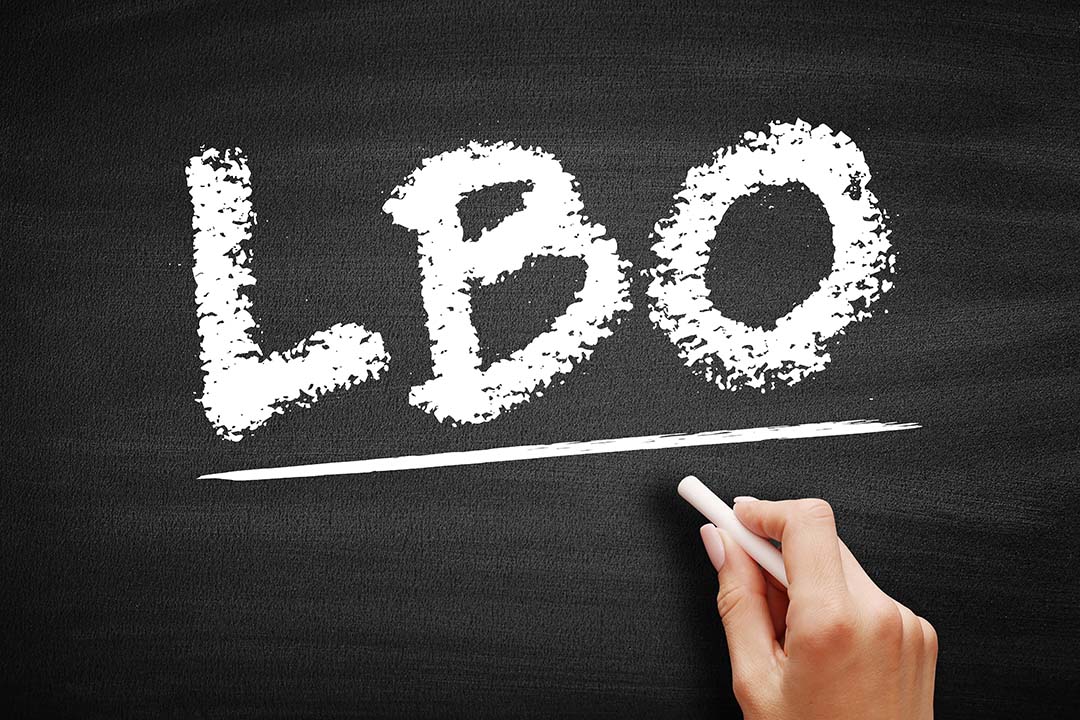
What are Leveraged Buyouts?
Leveraged buyout as the name suggests, is to use the borrowing capability of an entity to the maximum extent possible by way of debts or bonds for an acquisition transaction. Simply speaking a transaction wherein an acquisition is completed using debts as the main source of financing of the transaction. Leveraged buyouts are the most resorted means of funding transactions wherein the acquiring entity is much bigger than the target entity and the target entity has leveraging capabilities.
Generally, LBOs have a high debt ratio which may extend to even 90% in some cases and uses the target company’s assets as collateral for securing the debts. This strategy for acquisition is used mostly when a smaller company acquires a bigger company or by private equity firms.
In leveraged LBOs, the maximum portion of the price paid for a buyout is paid by way of securing debt and the remaining by way of equity. The debt is then serviced from the cash flow from the operations of the acquired entity.
When are they used?
Look at the scenario of a smaller entity acquiring a larger entity. In this case, the target entity’s assets are provided as collateral and its cashflows are used to repay the debts. Another scenario where LBOs are resorted to is when the acquiring company issues bonds to raise funds for the acquisition and the combined assets of the target and acquiring company are provided as the underlying collateral; i.e. in both cases, the assets of the target entity are used to raise funds to acquire the target entity itself. Sometimes these transactions are also termed hostile takeovers.
LBOs are also a very sought-after way of raising funds by private equity firms as well. i.e. when private equity firms borrow as much as they can and deploy the same alongwith their own equity to derive maximum gains.
Leveraged buyouts work only with companies that have positive cashflow from operations that can sustain high cost of debt as well as repayments.
The cashflows of the acquiring company are used to service as well as repay the acquisition cost; this way the acquiring company need not have huge investable surplus but only its margin and good credibility. Further, payment of interest on debt is a tax-saving cost for the combined entity that again results in better returns for the equity investors.
And finally, the target entity’s assets themselves are provided as collateral; thus, saving the acquiring entity the task of providing additional collateral.
Do they always work?
LBOs are not sure shot success formulas that will give you the desired results every time you run the formula. They do have the tendency to fail, especially when one tries to use them across sectors or without discretion. Some sectors inherently cannot sustain high debt and when LBOs are used in such sectors, they are destined to fail. Further, when the future profitability is not accurately drawn, industry leverage ratios are not matched, leverage ratios are not adequately tested for sensitivity or merely due to bad business acumen LBOs can fail.
LBOs are a great tool but need to be used with caution, all data needs to be accurately screened to make sure the leverage buyout can draw maximum profitability and wealth creation for the investors.
